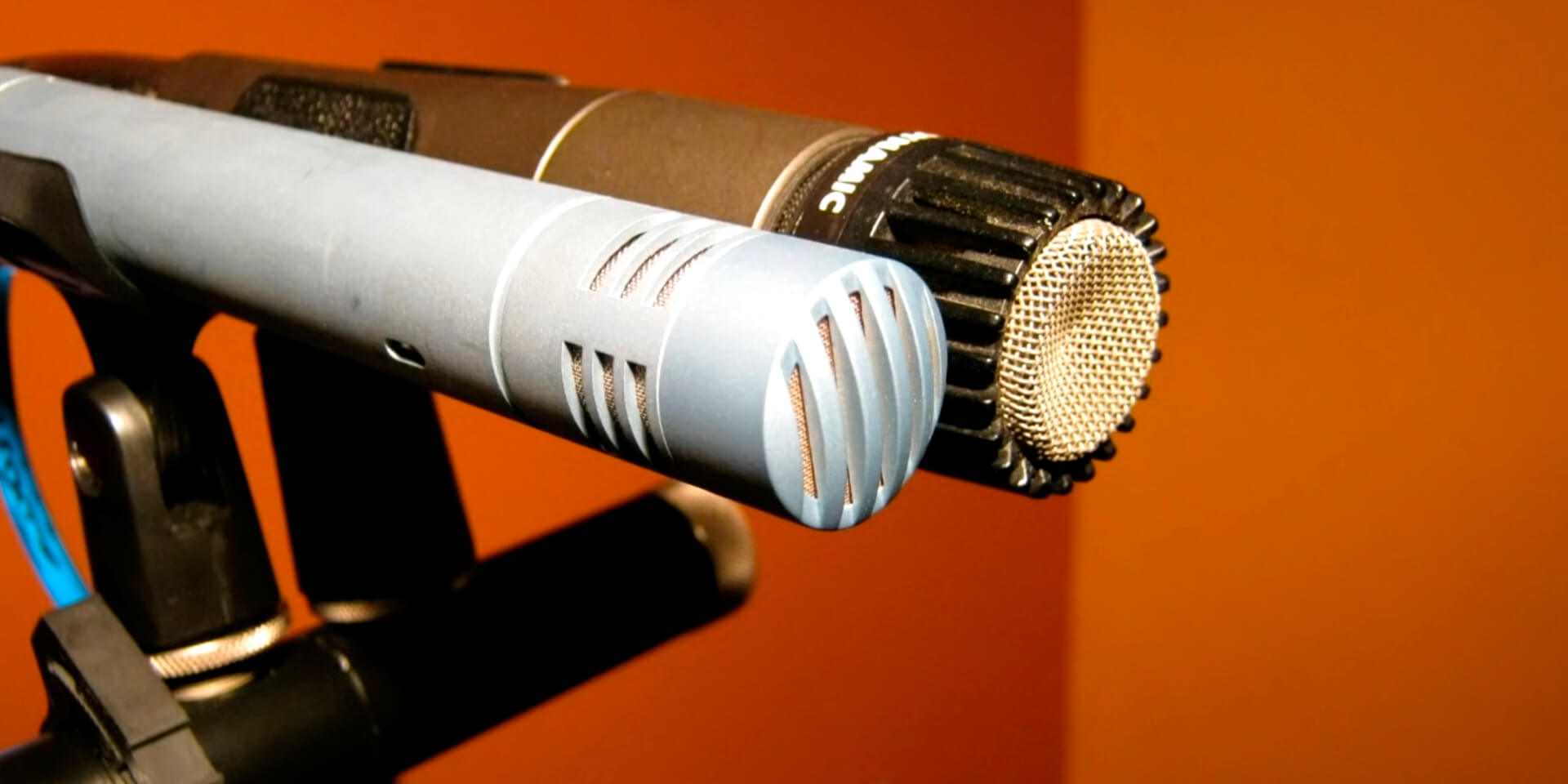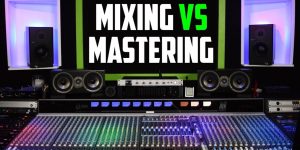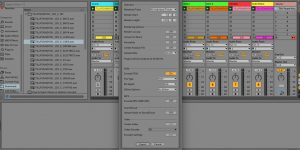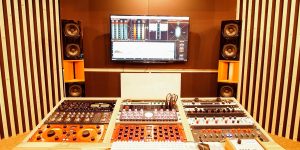When you first get on the path of creating sound recordings or music, it is often very difficult to figure out how best to process sound, how to set up sound input and output to your PC, and so on.
Also, often people don’t even understand the basic difference between condenser and dynamic mic.
You can often get confused about the huge number of products that are available on the market and there is nothing wrong with that. Now we will understand this issue and highlight the differences between these two types of microphones. While condenser and dynamic microphones are an essential part of the audio workflow, the approach to microphone selection plays a huge role.
Dynamic mic
A dynamic microphone, mostly used for recording loud sounds, live instruments, studio songs and drum solos. It is not quite suitable for working with quiet sounds, because it is not quite sensitive to high-frequency or quiet sounds. Dynamic microphones are designed to withstand high sound pressure. Thus, they are well suited for recording loud sounds, screaming, or for use in concerts. In addition, a separate advantage is the relatively low price due to the simple design.
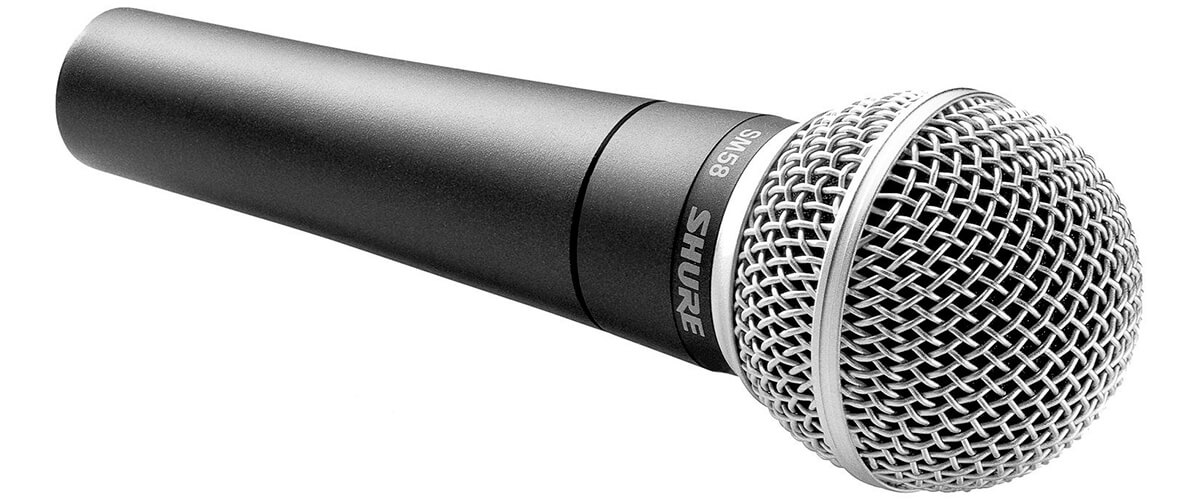
The process of recording sound in a dynamic microphone is quite simple: a sound wave joins the diaphragm, setting it in motion. When the diaphragm moves, a small alternating current is produced, which in fact simulates a sound wave.
Condenser microphone
A condenser microphone is often used to record quieter, muffled and calmer sounds that often have a wide frequency range. In recording studios, for recording music, podcasts, you will most often find these microphones. Nevertheless, this may be a disadvantage due to the fact that a microphone with such a configuration is somewhat more expensive and more difficult to handle. And it’s not very good at coping with loud sounds either …

In the question condenser vs. dynamic mics don’t have a clear favorite as they both have completely different applications. The micro capacitor also has a diaphragm made of a very thin sheet of metal. It is supplied with electricity, which creates a static charge. At the moment when the sound wave interacts with the diaphragm, it produces vibrations and, accordingly, a small electric current.
It doesn’t seem like this might be a drawback, but still: the electricity that is supplied to the diaphragm and its back plate can only mean that electricity is required for the successful operation of a condenser microphone. And a minus it can only be because for the operation of a dynamic microphone, it is absolutely unimportant.

